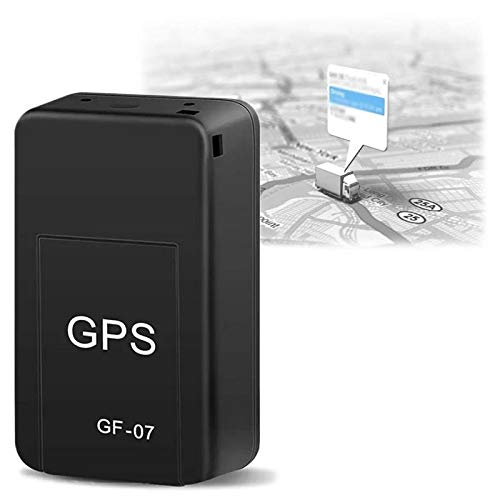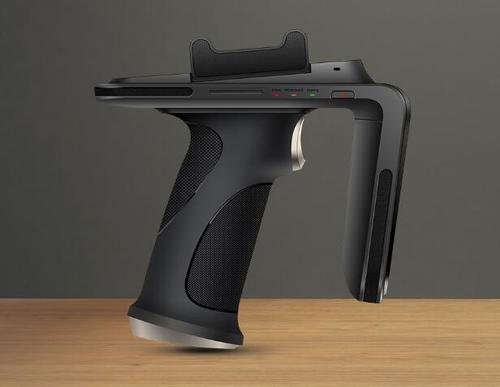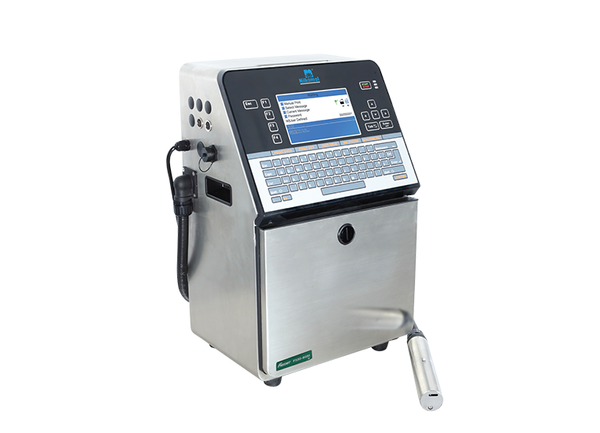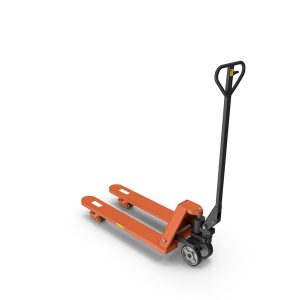When choosing an electric pedestrian stacker, it is important to consider the following factors:
The type of material you will be lifting: Some stackers are better suited for lifting pallets, while others are better suited for lifting other types of loads.
The weight of the material you will be lifting: Make sure to choose a stacker that has a capacity that is at least equal to the weight of the heaviest loads you will be lifting.
The height to which you will need to lift the material: Choose a stacker that has a lift height that is at least equal to the height of the highest shelves you will be using.
The size of the area you will be working in: Choose a stacker that is compact enough to maneuver in the space you have available.
Mast type: Single-mast or dual-mast designs. Single masts offer better visibility and maneuverability, while dual masts provide increased stability for heavier loads.
Free lift: Some models offer a “free lift” function, which allows you to raise the forks to a certain height without extending the mast. This can be useful for lifting pallets onto high shelves or loading and unloading trucks.
Fork options: Choose from forks of different lengths and widths to accommodate different pallet sizes and types of loads.
Battery power: Different battery voltages (typically 24V or 48V) affect performance and runtime. Consider your typical usage and charging availability.
Safety features: Look for models with automatic brakes, overload protection, and emergency stop buttons.
Applications:
Order picking: Ideal for picking individual items from pallets at various heights.
Pallet stacking and storage: Suitable for stacking pallets in warehouses and other storage facilities.
Loading and unloading trucks: Can be used to load and unload pallets from trucks and trailers.
















Reviews
There are no reviews yet.